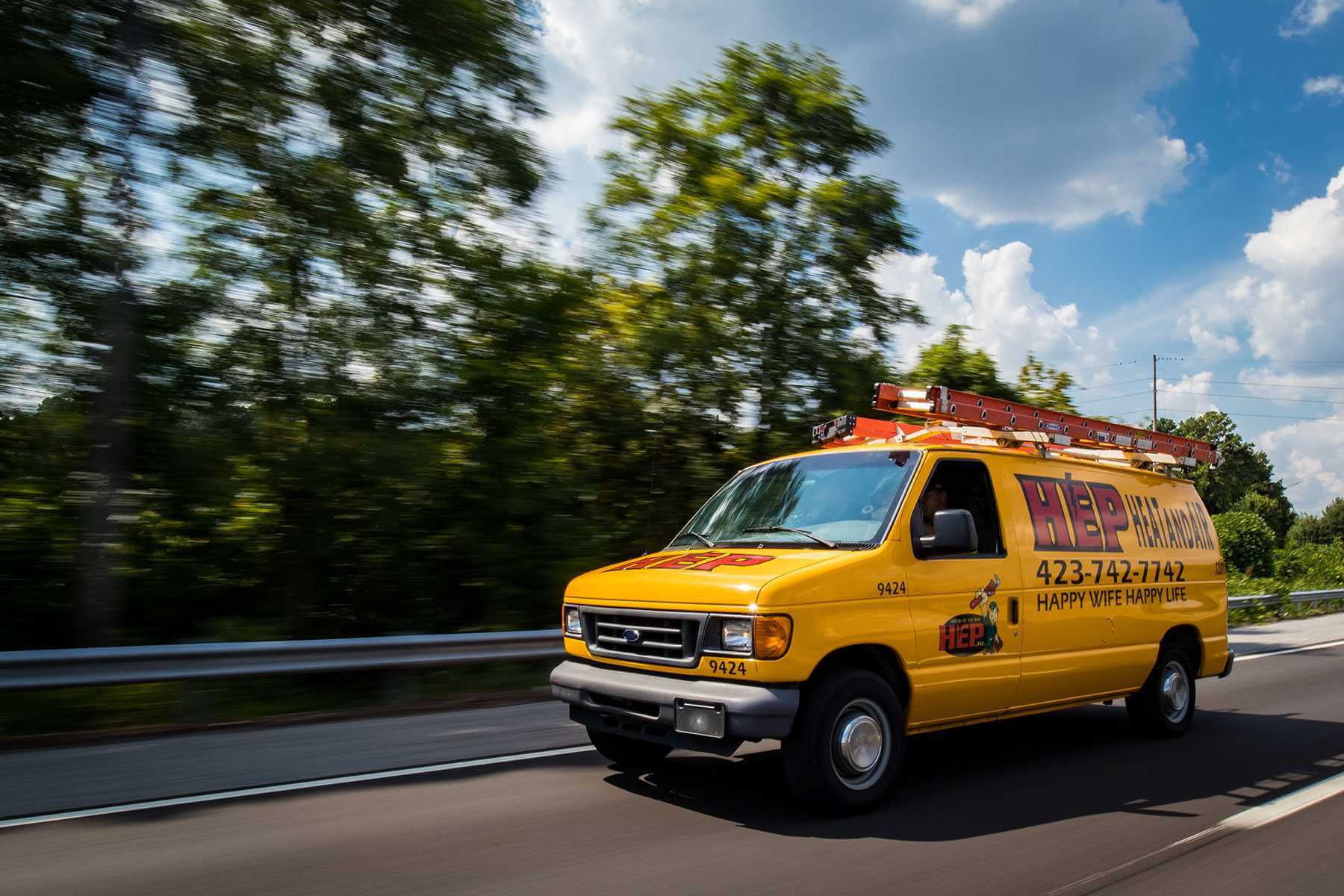

Water-saving Toilets
Your trusted partner for professional home services. Quality workmanship, guaranteed satisfaction.




- HEP Plumbing
- Water-saving Toilets
Water-saving Toilets | Plumbing Fixture Replacements | Plumbing | Dunlap
In Dunlap, HEP’s licensed plumbers are helping homeowners flush away high water bills with modern, EPA-certified toilets that use up to 60 % less water per flush. From the careful removal of an outdated commode to the precise installation of a sleek, low-flow model, we handle every step swiftly and cleanly—leaving your bathroom spotless and your conscience clear.
Best of all, these water-saving toilets are part of our comprehensive plumbing fixture replacements service, so you can bundle faucets, showerheads, and more into one convenient visit. Book today and enjoy reliable workmanship, friendly technicians, and the satisfying swish of savings every time you press the lever.
FAQs
What makes a toilet "water-saving," and how much can I expect to reduce my water bill in Dunlap?
A water-saving, or High-Efficiency Toilet (HET), uses 1.28 gallons per flush (gpf) or less, compared with older 3.5–7 gpf models. In an average Dunlap household that flushes 5,000 times a year, switching to an HET can cut annual toilet water use from about 17,500 gallons to 6,400 gallons—roughly a 65 % reduction. That translates to savings of $50–$85 a year on combined water and sewer charges, depending on local utility rates.
Will a low-flow or dual-flush toilet really clear the bowl as well as my current fixture?
Yes. Modern HETs are engineered with larger, glazed trapways, refined bowl geometry, and high-velocity rinse jets to move waste efficiently. Independent MaP (Maximum Performance) testing rates many models at 800–1,000 g of waste per flush—well above the 350 g federal guideline. Dual-flush versions let you choose 0.8–1.1 gpf for liquids and 1.28 gpf for solids, giving reliable performance while saving even more water.
Are there rebates or incentives for installing water-saving toilets in Dunlap?
Most years, Illinois American Water and the Tri-County Regional Water Authority offer $50–$100 rebates per qualifying HET, limited to two per household. The City of Dunlap also waives the standard $25 plumbing permit fee when you replace an older 3.5 gpf or higher toilet with a WaterSense-labeled model. Availability and funding change annually, so we’ll supply the latest rebate forms and handle submission when we install your new fixture.
How long does a toilet replacement usually take, and will my bathroom be unusable all day?
A straightforward swap—removing the old toilet, checking the flange, installing a new wax or rubber seal, setting the new HET, and testing—takes 1.5 to 2.5 hours. Your bathroom is typically out of service only during that window. If we discover flange damage or you request additional plumbing upgrades, the job may extend to half a day, but we’ll tell you before work begins.
Can you replace faucets, showerheads, or other fixtures at the same time?
Absolutely. Bundling fixture replacements saves labor costs and maximizes water savings. WaterSense-certified faucets (1.2 gpm) and showerheads (2.0 gpm) reduce flow without sacrificing pressure. By upgrading an entire bathroom in one visit, many Dunlap homeowners cut total indoor water use by 25 % or more while qualifying for multi-fixture rebates from local utilities.
What should I consider when choosing between single-flush and dual-flush water-saving toilets?
Single-flush HETs are mechanically simple—one lever, 1.28 gpf every flush—and cost $20–$40 less than comparable dual-flush models. Dual-flush toilets offer greater savings (average 0.9 gpf overall) but use push buttons or a two-stage lever that some users find less intuitive. For households with children or rental properties, a single-flush HET may minimize misuse. If adults will consistently select the proper button, a dual-flush toilet delivers the lowest water consumption.